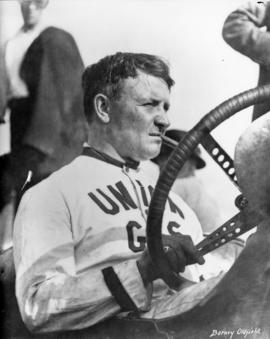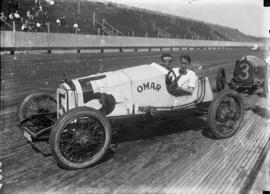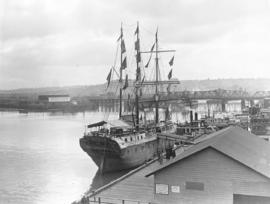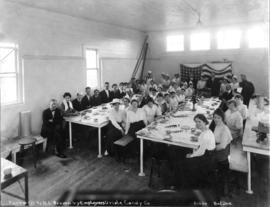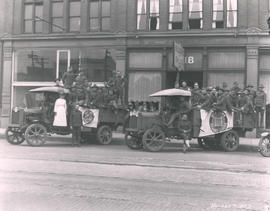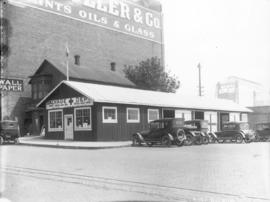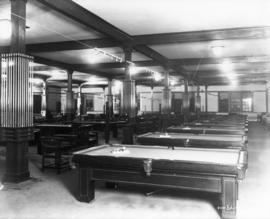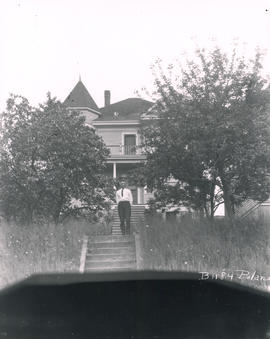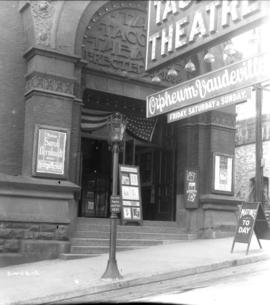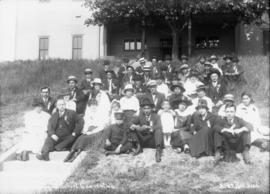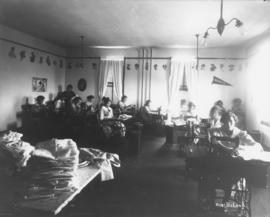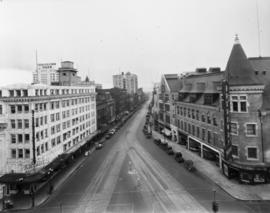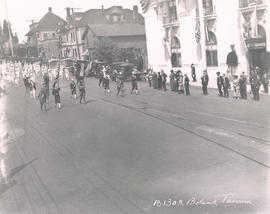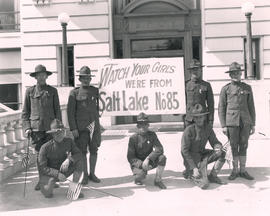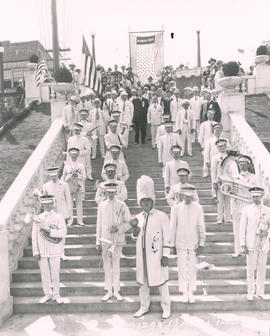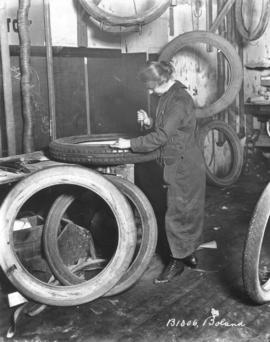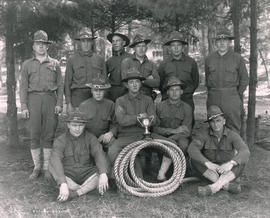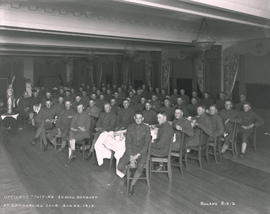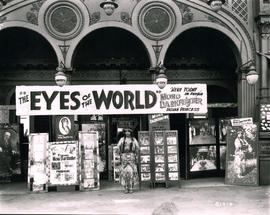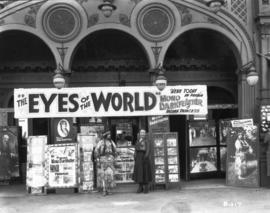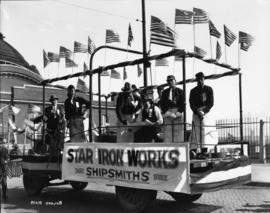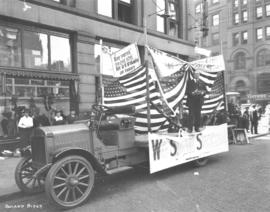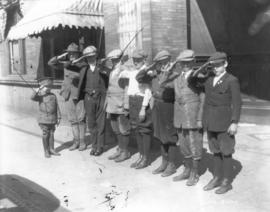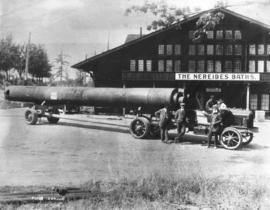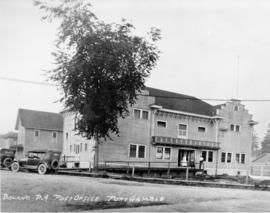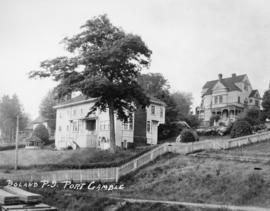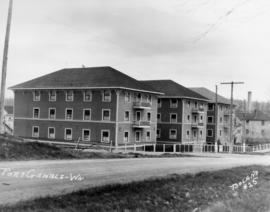- Item
- 1915
Part of Marvin Boland Photographs
ca. 1915. Veteran driver Barney Oldfield, chewing on his ever-present Havana, at the wheel during the July, 1915 Tacoma Speedway races. He took his first spin around the board track on June 26th, declaring it "a wonder." Mr. Oldfield drove his #1 Peugeot in both the Golden Potlatch 200-mile and Montamarathan 250-mile races. This is the car he bought from Dario Resta who had previously won the Vanderbilt Cup and Grand Prix races in San Francisco as new foreign cars were not available due to the European war. He also brought his special Fiat Cyclone and 300 hp Christie to town to attempt world records; those cars did not compete in the actual races as they did not meet piston displacement rules. Barney Oldfield finished fifth with a time of 3 hours, 17 minutes in the big Montamarathon race on July 4th and third in the Golden Potlatch on the following day. (TDL 6-27-15, p. 20-article; TDL 7-5-15, p. 1-results; TDL 7-6-15, p. 1,2-results; Tacoma Sunday Ledger 7-2-22, C-1-photo) TPL-3162
Oldfield, Barney; Automobile racing drivers; Tacoma Speedway (Lakewood); Racetracks--Lakewood--1910-1920; Automobile racing--Lakewood--1910-1920; Racing automobiles--1910-1920; Cigars;
